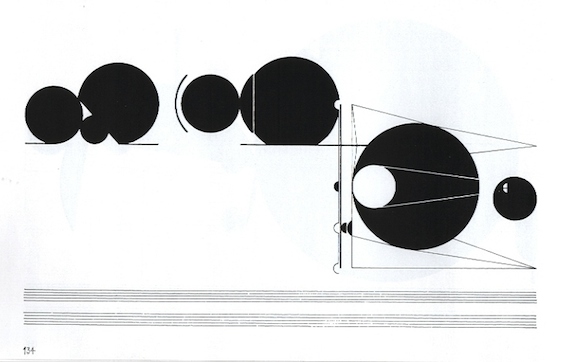In the 1950s and 60s, composers such as Earle Brown, John Cage, Morton Feldman and Cornelius Cardew experimented with new forms of notation, giving birth to the concept of the graphic score. Using visual symbols to represent sounds in an immediate and expressive way, they created striking visual compositions of breathtaking aesthetic power. These works that ranged from simple elegance to baffling complexity blurred the lines between art and music, and radically opened up performance opportunities to non-formally trained musicians.
For our next night, The Hermes Experiment will perform a free improvisation set inspired by John Cage’s iconic graphic score Variations IV. Ahead of this, make your own graphic score for The Hermes Experiment. Our Battle of the Bands co-winner, Hermes is a new quartet with big ideas and a big sound, plus a unique set of instruments (soprano, clarinet, double bass, and harp). Unapologetically adventurous and fearless, these new kids on the block are shaking up the contemporary classical world through their lively performances and diehard commitment to new music.
For tickets and more info about the 5 June concert, click here
To start your graphic score, it’s simple - just imagine the musical sounds you’d like and start drawing them using any type of visual representation. Squiggles, lines, shapes, words are all welcome - the possibilities are endless.
Once completed, just take a picture of it and share with us over Twitter, Facebook, or Instagram using #graphit. Winning selections will be played on video by Hermes on Nonclassical's Instagram profile - so get your creative juices flowing, paper and pencil ready, and draw out some new sounds...
UPDATE! The Hermes Experiment have now filmed three of the submitted graphic scores (instagram.com/nonclsscl), but you can still submit yours on Twitter or Instragram to be in with a chance of them performing it live on June 5th.
"SPILLIGAN" by Christie O'Regan

